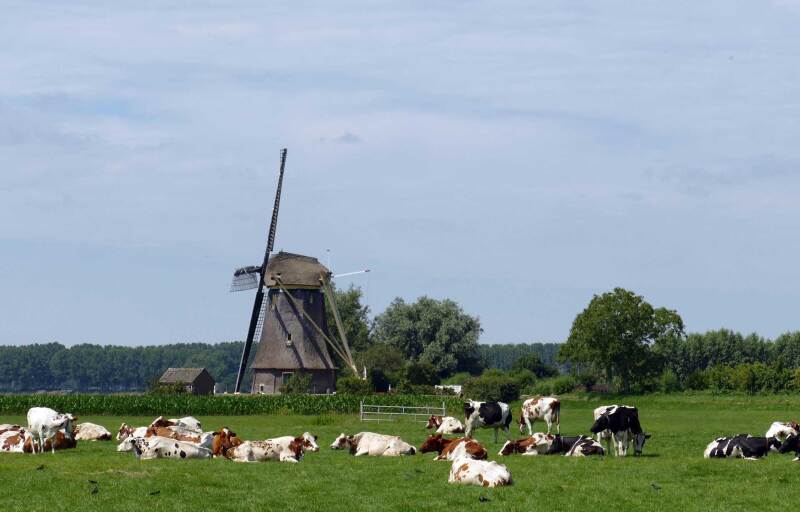
Already burdened by rising input costs, a cash-flow squeeze and reduced access to financing, Dutch livestock farmers are now being told to downsize, move or get out of the business altogether. The government’s plan to cut nitrogen dioxide and ammonia emissions in the farming industry is prioritising buyouts of livestock as a quick way to reduce the manure they produce and preserve land for biodiversity.
Such an approach risks missing the point. As demand for agri-food products continues to increase, what is needed is a more efficient supply chain, not a less productive one.
From a purely climate perspective, the plan makes sense. Under the 1.5-degree scenario, strict top-down policies need to be implemented now to stimulate – or force – systemic change in the most-polluting sectors.
The target reflects the pressures of a timeline that is set by nature and backed by science. It also emphasizes a bitter reality for Dutch farmers: the country’s agricultural density relative to land area has become so unsustainable that radical and costly operational changes are inevitable.
The country is feeding its European neighbours while its local ecosystems pay the price
Most of the Netherlands’ agri-food exports stay within a 600-kilometre radius. The country is feeding its European neighbours while its local ecosystems pay the price. Fewer producing units might lower the national nitrogen score in the short term, but the drop will also reduce supply and spark a price hike across the entire food chain.
Unless policymakers concentrate on improving sustainable methods of farming, the global agricultural sector will become a competitive bottleneck, with thousands of small businesses being pushed out. That ugly prospect will only generate more antagonism among the very stakeholders who will be instrumental in building a more efficient system. Farmers’ protests that have now lasted several years are evidence that this is already happening.
Instead, funds should go towards operational and technological innovation that will make farming less reliant on nitrogen and ammonia. Given access to financing, family farms could lower their nitrogen footprint through automation, alongside the adoption of nitrogen-capture technologies and more efficient fertilization methods. Such opportunities should also sit alongside educational programmes to drive a better understanding of how to use natural capital, as with permaculture.
The Dutch situation is a microcosm of the global climate debate, and it demonstrates what governments risk by setting climate agendas without focusing on practicality. Just getting to Net Zero – however important that might be – isn’t the only thing. How you get there matters too.